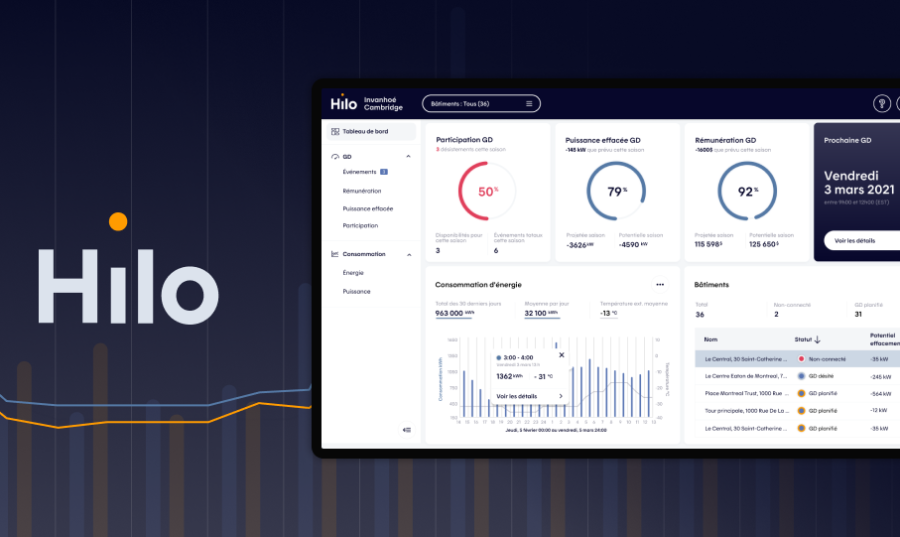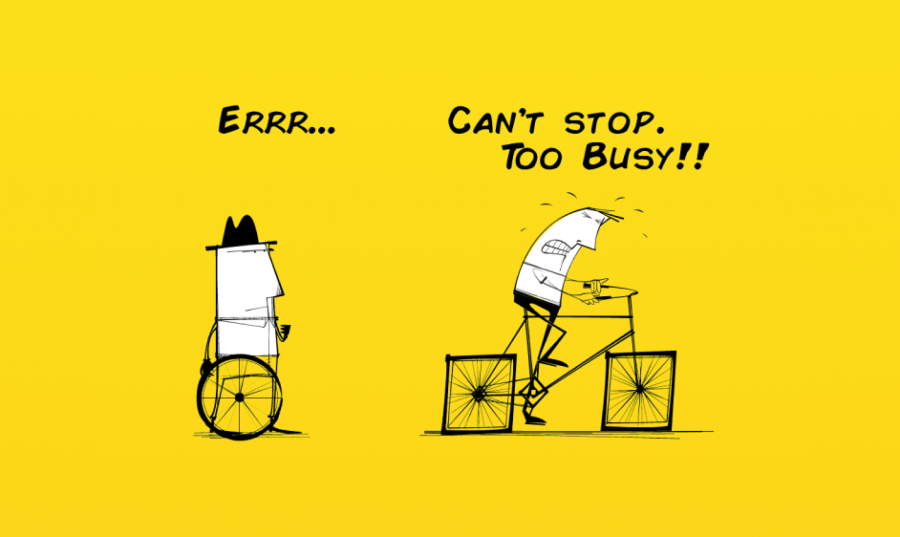Let’s explore the often-overlooked value that design can bring to a company’s success. At the intersection of art and science, we discuss the importance of empathy in UX design to create business growth.
As a UX designer with years of experience, I have seen firsthand the powerful impact that design can have on business growth. Many people don’t realize the hidden value that design can bring to a company beyond just making a product look good.
In this article, we will explore design’s hidden value and its important role in driving business growth. We’ll delve into real-world examples of companies that have leveraged UX design to achieve remarkable success and discuss the specific strategies and best practices you can apply to your projects.
So, let’s dive in and explore the relationship between UX design and business growth!
This article will cover the following points:
- The Power of the Unseen: How UX Design Can Drive Business Growth
- The Role of Empathy in UX Design for Business Success
- The Intersection of Art and Science in UX Design for Business Growth
The Power of the Unseen: How UX Design Can Drive Business Growth
Many people think that UX design is just about creating visually appealing interfaces or making things easy to use. But there’s so much more to it than that. One of the most important aspects of UX design is the “unseen” elements – the things that users don’t consciously notice but that impact their experience in a big way.
So what exactly do I mean by “unseen” elements? Well, it could be things like:
- Microinteractions that provide feedback and help users feel in control
- Copywriting that guides users through the product and creates a sense of trust
- Visual hierarchy that directs users’ attention to the most important information
- Performance optimization that keeps things running smoothly and reduces frustration
These are all things that users might not consciously notice but that can make a huge difference in their overall experience. And when users have a great experience, they’re more likely to stick around, tell their friends, and even become brand advocates.
How Can You Leverage the Power of the Unseen in Your Design to Drive Business Growth?
It all starts with understanding cognitive psychology and how users interact with your product. By understanding things like attention, perception, and memory, you can design more intuitive, engaging, and memorable experiences.
Here are some examples of companies that have successfully leveraged the power of the unseen in their UX design to drive growth:
- Airbnb: Using persuasive design techniques to encourage users to complete their profiles, Airbnb increased engagement and trust, leading to more bookings and revenue.
- Slack: By using copywriting and micro-interactions to create a friendly, approachable tone, Slack was able to differentiate itself from other chat apps and become a beloved tool for remote teams.
- Amazon: By optimizing page load times and reducing friction in the checkout process, Amazon increased conversions and revenue.
As a UX designer, it’s important to remember that the things that users don’t consciously notice can be just as important as the things they do notice. By focusing on the “unseen” elements of your UX design, you can create more engaging, memorable, and profitable experiences.
The Role of Empathy in UX Design for Business Success
I have seen firsthand the impact of empathy in designing user experiences that are not only visually appealing but also emotionally satisfying. Empathetic design is the key to creating meaningful experiences that connect with users on a deeper level, leading to improved customer satisfaction, loyalty, and retention.
Empathy is the ability to understand and share the feelings of others. In UX design, it means putting yourself in the shoes of your users to understand their needs and pain points. By understanding the emotions of your users, you can design experiences tailored to their needs and provide solutions that address their frustrations and desires.
Moreover, empathy helps to create a human-centered design approach that puts users at the center of the design process, resulting in more effective and satisfying products.
How Empathetic Design Can Lead to Improved Customer Satisfaction, Loyalty, and Retention
Empathetic design can improve customer satisfaction by designing experiences that align with users’ needs and expectations. Because when users feel understood and valued, they are more likely to have a positive experience with the product. Resulting in increased satisfaction and loyalty.
Empathetic design can also lead to improved customer retention. Users are more likely to continue using a product that meets their needs and satisfies them emotionally.
Here are some examples of companies that have successfully implemented empathetic design:
- Apple: Apple is known for its human-centered design approach, which focuses on creating products that are easy to use and emotionally satisfying. Their products, like the iPhone, have become synonymous with a seamless user experience, resulting in a dedicated customer base and increased revenue.
- Dropbox: Dropbox has implemented an empathetic design by creating an onboarding experience that addresses the frustrations of new users unfamiliar with the product. By guiding users through the process step-by-step and providing helpful tips and information, Dropbox has increased user satisfaction and retention.
- Headspace: Headspace, a meditation app, has implemented an empathetic design by creating a calming and visually appealing interface that aligns with users’ emotional needs. The app provides users with a sense of comfort and relaxation, resulting in increased customer satisfaction and loyalty.
By implementing empathetic design, these companies have improved customer satisfaction, loyalty, and retention, increasing revenue and growth. As a UX designer, I strive always to approach my projects with empathy and create experiences that resonate with my users on a deeper level.
The Intersection of Art and Science in UX Design for Business Growth
I’ve seen the powerful impact of a balance between art and science on driving business growth. Art and science intersect in UX design. We must use creative thinking and data-driven decision-making to craft engaging and effective user experiences.
Creativity is essential in UX design, as we must design interfaces that users will find engaging and intuitive to use. We rely on our artistic skills to craft designs that will be visually appealing and create a positive emotional response from users. However, we can’t rely on creativity alone to drive business growth. We must also use data to make informed decisions about designing interfaces that will most effectively meet users’ needs and drive engagement.
How to Find the Sweet Spot Between Art and Science in Ux Design
To find the sweet spot between art and science in UX design, we must continually test our designs and iterate based on user feedback. Doing so allows us to use our creativity and data to make informed decisions that drive business growth. We must also work closely with our development teams to ensure that our designs are feasible and can be implemented efficiently.
Companies that have successfully balanced art and science in UX design include Apple, Google, and Airbnb. Apple has a long history of focusing on design and creating visually appealing interfaces that are easy to use. Google also has prioritized design in recent years, creating simple, intuitive interfaces grounded in data-driven decision-making. Airbnb has used creativity and data to drive business growth, focusing on designing visually appealing interfaces that are effective in meeting its users’ needs.
It’s important always to balance art and science in UX design to drive business growth. Creativity and data-driven decision-making can create engaging and effective user experiences that drive engagement and improve the bottom line.
Conclusion
As UX designers, we have the power to drive business growth by leveraging the intersection of art and science in our design process. Remember to prioritize empathy in your designs and always be open to learning and challenging yourself.
Let’s continue to push design boundaries and create meaningful user experiences. And to anyone interested in my expertise, feel free to contact me to discuss how I can bring value to your team.
Let’s create something memorable together!



